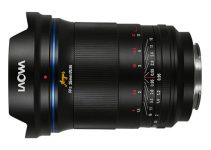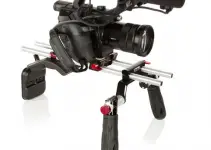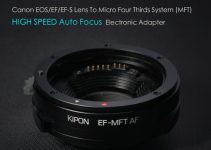There are many ways to enhance your storytelling and stylize your videos but what a better way to do so than capturing some exciting, impactful slow motion footage. In the next tutorial, Chase Kubasiak of B&H covers the three key variables that you should be aware of when shooting slow motion videos.
From frame rates and shutter speed, to flicker-free lighting and captivating blocking, you’ll learn how to shoot beautiful slow motion with ease and get some excellent results in the end. So if you’re considering utilizing this technique on your next project and don’t have much experience in this area or just want to recall the basics, the insights below will give you a great point to start with.
It goes without saying that every slow motion video should be filmed at higher than normal frames per second for best results. When determining the optimal frame rate for your scene, Chase suggests taking two important aspects into consideration. These are the speed necessary to capture the action properly and the duration of the video itself that you need when you play it back later at normal speed. For instance, for some of your projects shooting at 60fps could be more than enough to achieve the desired effect, whereas on other occasions even a 180fps slow motion video could be fast to get the visual aesthetics and style you’re aiming at.
Shutter speed, on the other hand, dictates the amount of motion blur your subject is going to have. The longer the shutter stays open, the more blurriness you will get as a final result. The rule-of-thumb for a natural looking amount of motion blur is to set your shutter speed at double your frame rate. A shutter speed that is too fast may make your video look too choppy and distracting. So, considering the right amount of the subject’s movement is a paramount aspect of the process depending on the type of effect you want to obtain. Just like the different frame rates, try a few settings and see what might work best.
Furthermore, the faster shutter speeds and frame rates necessary for proper slow motion shooting means that your camera sensor will have less time to capture light for each frame which means that you’re going to need a lot more powerful sources of light than usual to expose your shots properly. That also could result in flickering in your footage, an undesired artefact that you should try to avoid no matter what.
Typically, all Tungsten lights under 2K Watts could cause this annoying effect. To eliminate the issue entirely you can connect your Tungsten lights by running them from a direct current source like a generator. HMI and fluorescent lights are way more forgivable in that regard just as the most professional LED panels currently available on the market. Using sun light, however, is the best way to avoid flickering, so use it whenever you can when shooting slow-mo videos.
[source: B&H]
Disclaimer: As an Amazon Associate partner and participant in B&H and other affiliate programmes, we earn a small comission from each purchase made through the affiliate links listed above at no additional cost to you.




